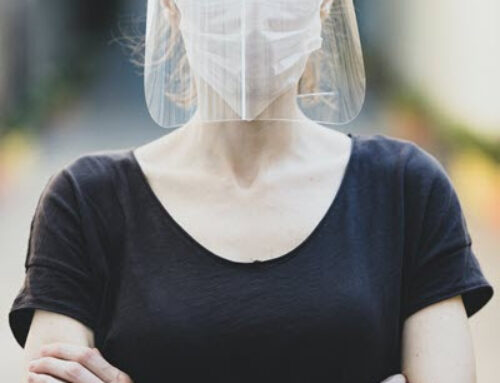Although considered highly prevalent, bipolar disorder is routinely misdiagnosed. Psychiatric literature is replete with data about over-diagnosis – particularly in pediatric populations – but this disorder is frequently under-recognized also.
Here are the major headwinds combating effective identification and treatment:
 Time from onset of symptoms to accurate identification, if there even is such a thing, can be 10-15 years, because manic symptoms tend to bob and weave and often duck for cover. Mania is hard to recognize when there is considerable time between episodes, and the uncooperative nature of affected individuals means they tend not to seek treatment while immersed in the throes of mania.
Time from onset of symptoms to accurate identification, if there even is such a thing, can be 10-15 years, because manic symptoms tend to bob and weave and often duck for cover. Mania is hard to recognize when there is considerable time between episodes, and the uncooperative nature of affected individuals means they tend not to seek treatment while immersed in the throes of mania.- Bipolar depressive symptoms are far more prevalent than manic symptoms and thus provide additional cover for mania to hide.
- There is now very credible evidence that 60-plus percent of bipolar I individuals experience symptoms of depression during episodes of mania. Therefore bipolar I and II classifications are time-worn and increasingly irrelevant.
- The etiology of the disorder is quite the conundrum. Excitotoxicity, metabolic issues and neuroplasticity are all parts of the explanatory equation, yet neuroscience is not able to adequately explain them so as to have a positive impact on treatment direction.
- There are no animal models with validity. Therefore diagnosis is all over the place.
- The major limitation to novel drug discovery is that there is no consensus on neuropathology; thus pharmacology is all over the place.
- Except for lithium, most treatments for bipolar symptoms were not developed as “anti-polar” therapies (anticonvulsants, second-generation antipsychotics). As such, bipolar disorder has yet to find a good drug fit; the agents readily employed today have been merely repurposed and are best utilized for treating other disorders – physical and mental.
- Although the lithium/Depakote combination is optimal in bipolar mania, many prescribers venture off into using second-generation antipsychotics which have yet to demonstrate efficacy consistent enough to warrant them first-line treatments.
- Bipolar depression is a tough nut to treat. Only Seroquel, Seroquel XR and Symbyax are FDA-approved for bipolar depression, and although the best options, results remain disappointing. And it’s becoming increasingly evident that traditional antidepressants have little, if any advantage in bipolar depression.
- Even with optimal care, 50 percent of those who achieve symptom remission will relapse within two years. Relapse is influenced by suicide risk and alcohol use. The risk of suicide is highest among all psychiatric disorders at 25 percent. Ditto alcohol problems, also at 25 percent.
Because of these headwinds, creativity is all but a must in the treatment and management of bipolar disorder, rendering polypharmacy as not only necessary but also warranted because of treatment resistance, co-morbidities and substance abuse. Creativity though can open its own can of worms – worms that can crawl all over the bipolar sufferer affecting their quality of life.
Irrespective of treatment modality, outcomes remain disappointing , so we’ll have to continue to plow forward and figure out ways to shine more light into the dark spaces of this baffling and mystifying mental health condition.




